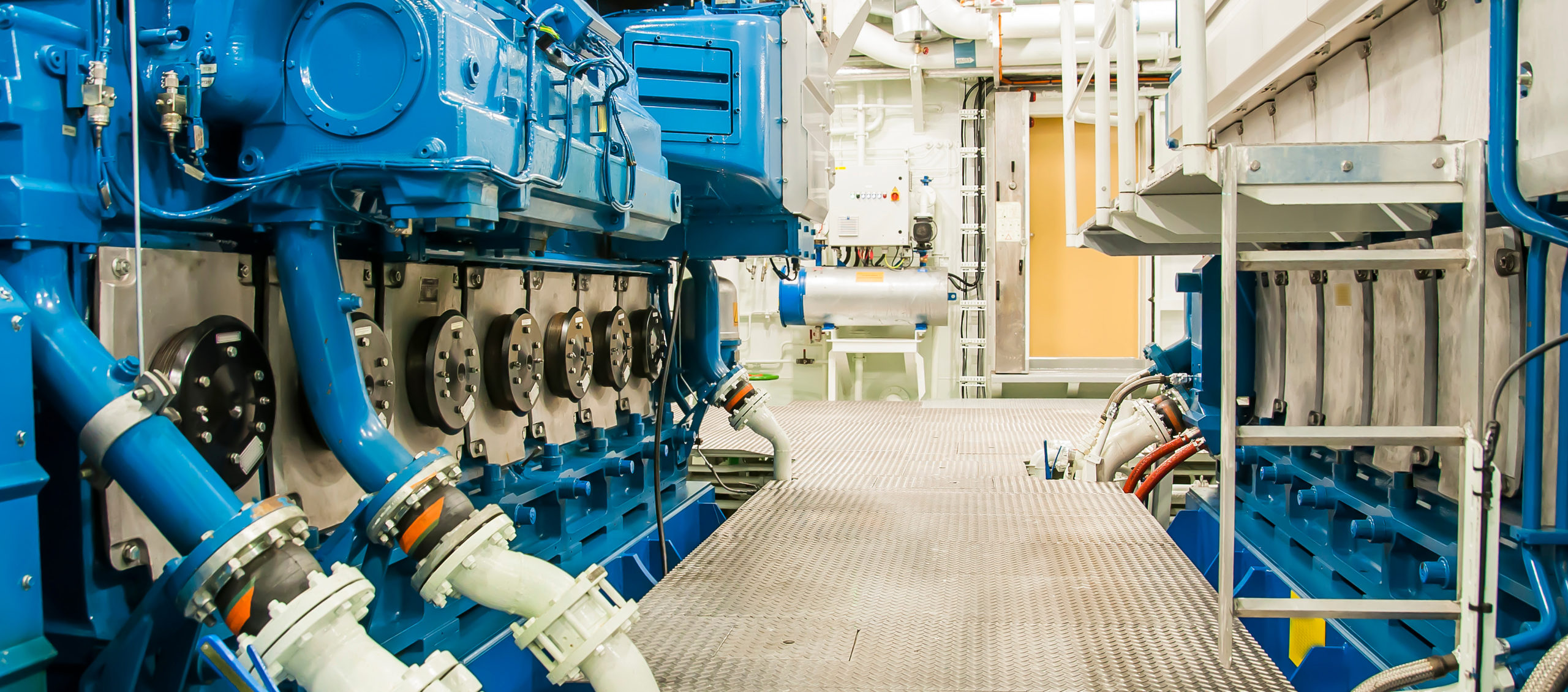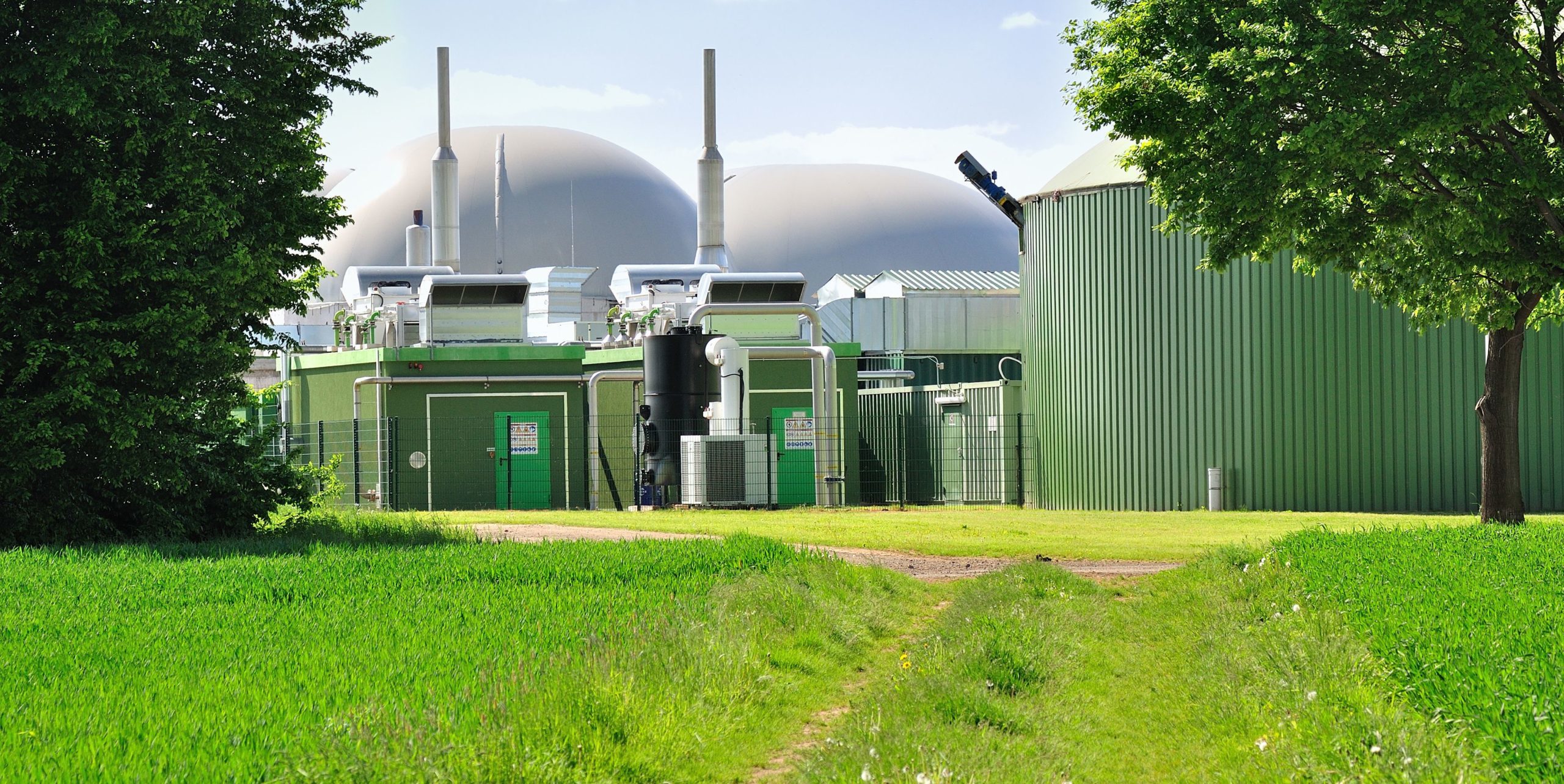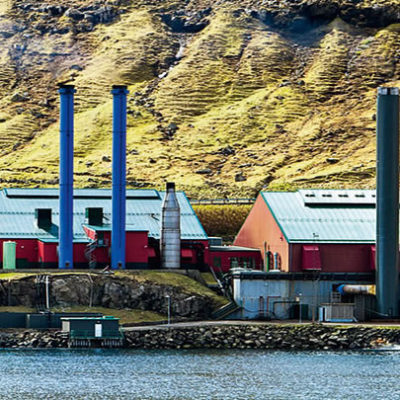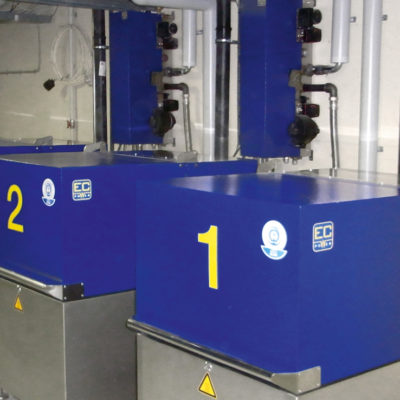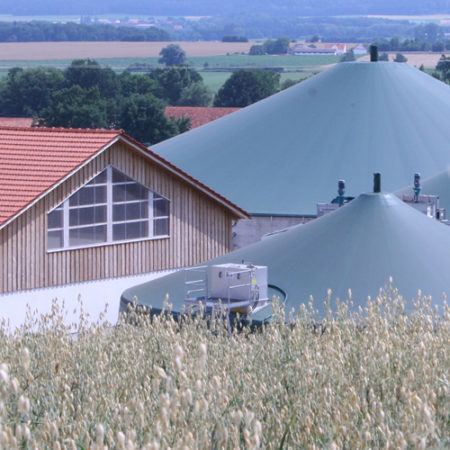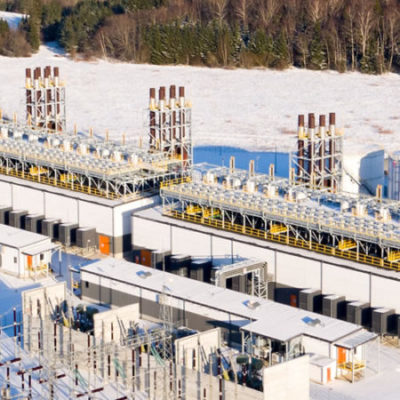Latest Updates
-
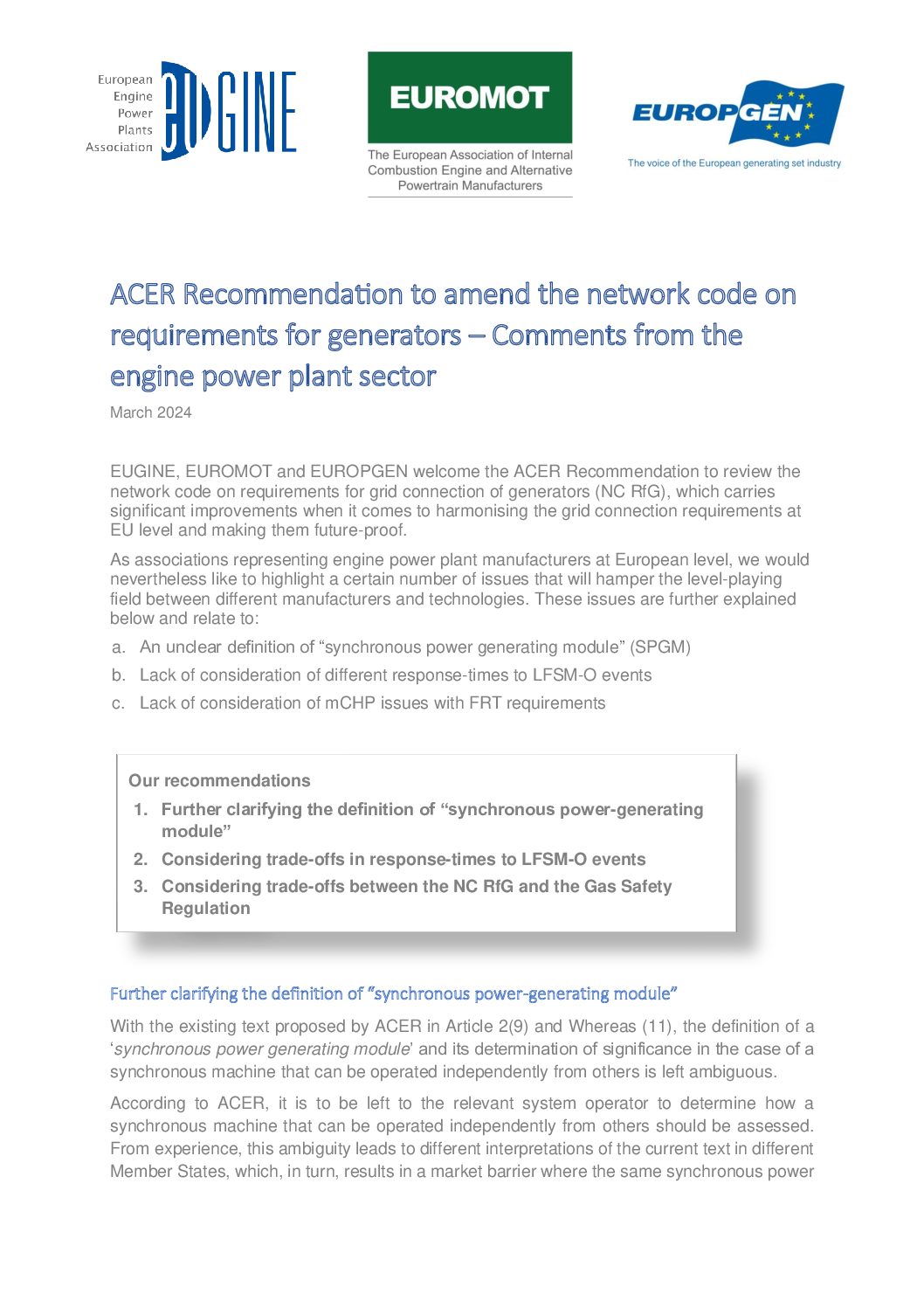
Policy positions
08 Mar 2024Amendments to the network code on requirements for generators – Comments from the engine power plant sector
-

Policy positions
06 Mar 2024Hydrogen to power in the UK: market intervention need and design consultation – EUGINE Contribution
-

Videos
24 Jan 2024EUGINE in ENZA – The European Net-Zero Alliance
-
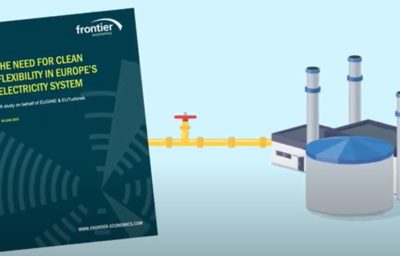
Videos
04 Dec 2023“The Need for Clean Flexibility in Europe’s Electricity System”- animated summary
-
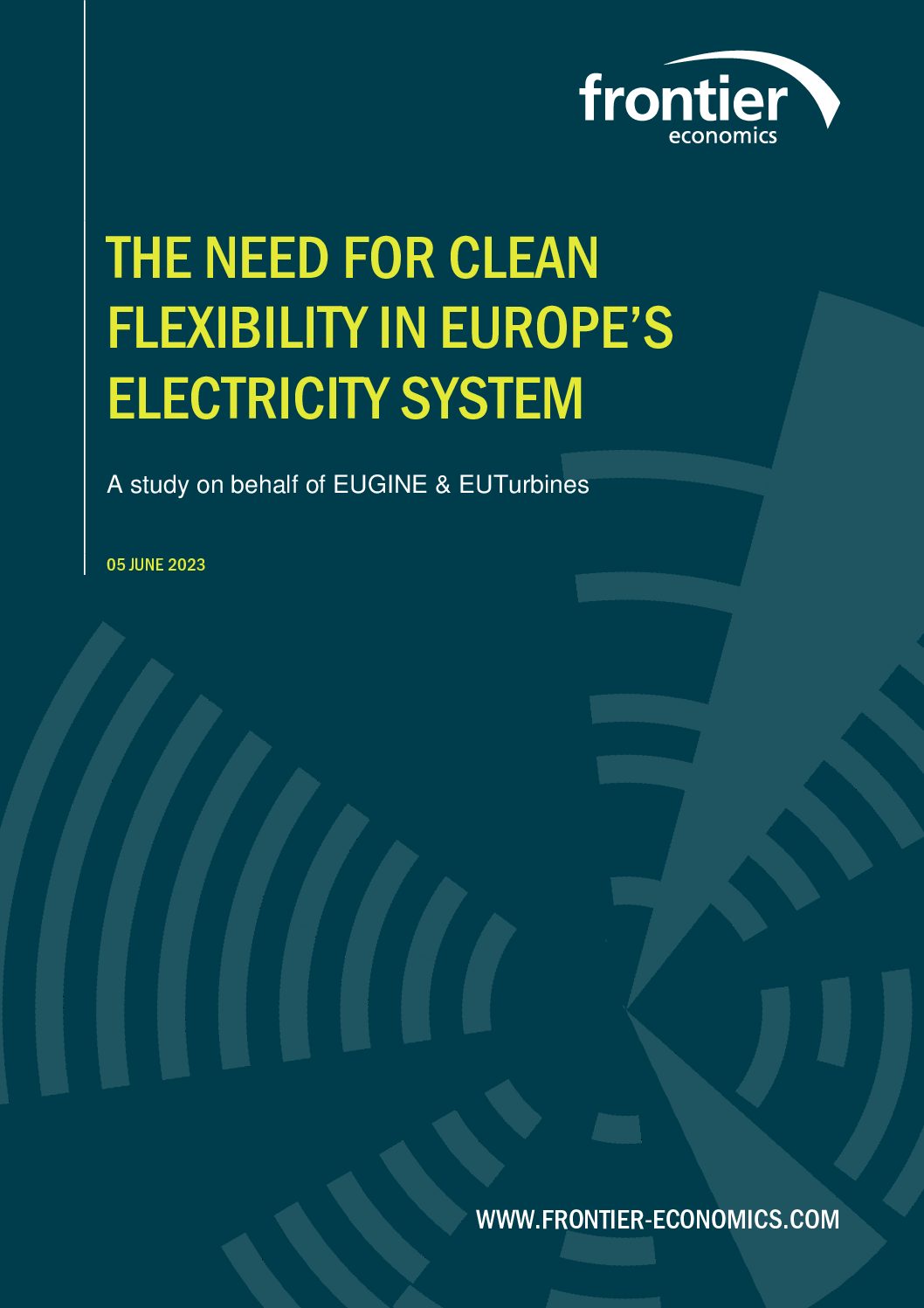
News - Studies and brochures
04 Dec 2023The Need for Clean Flexibility in Europe’s Electricity System
-
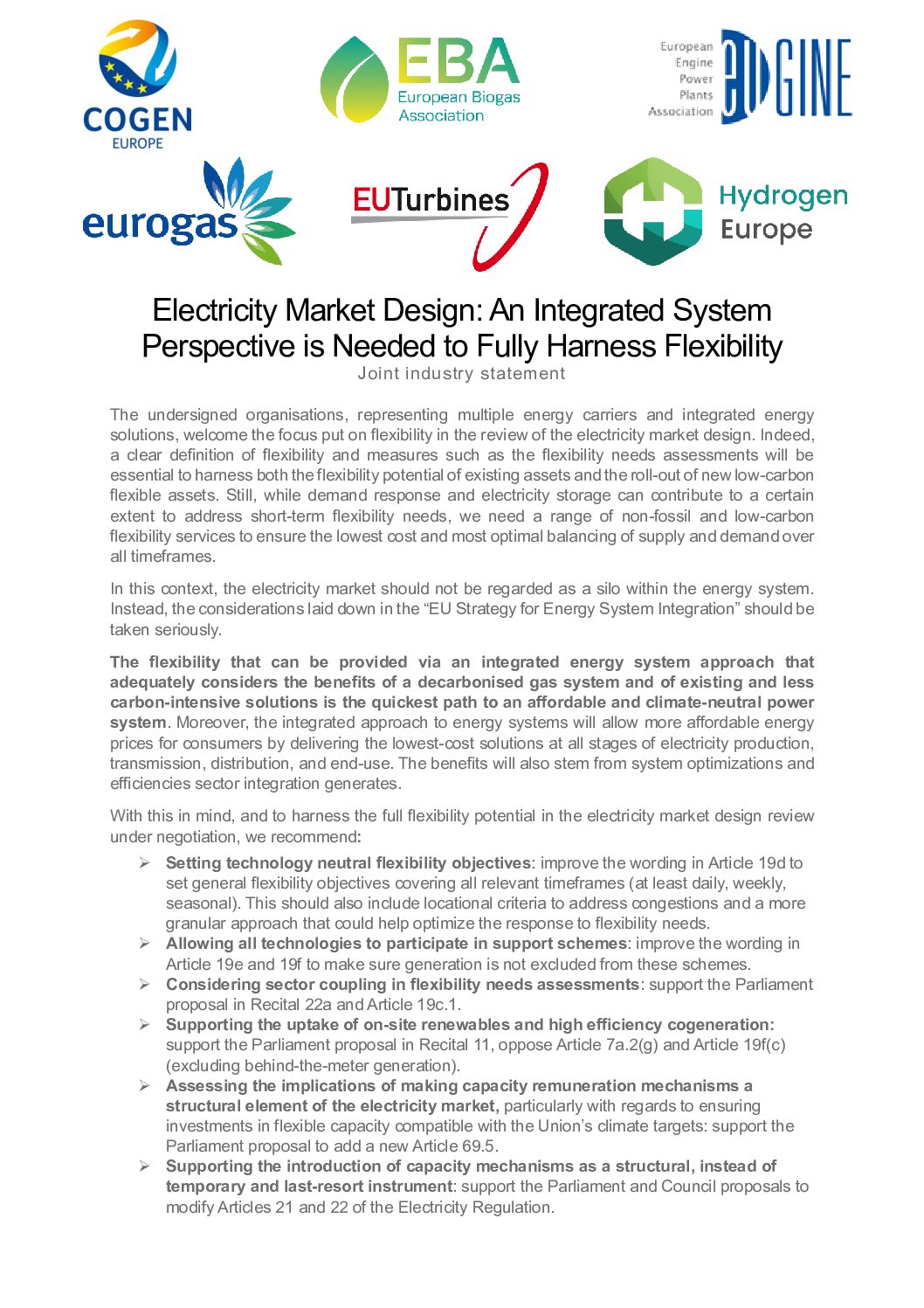
Policy positions
14 Nov 2023Electricity Market Design: An Integrated System Perspective is Needed to Fully Harness Flexibility

